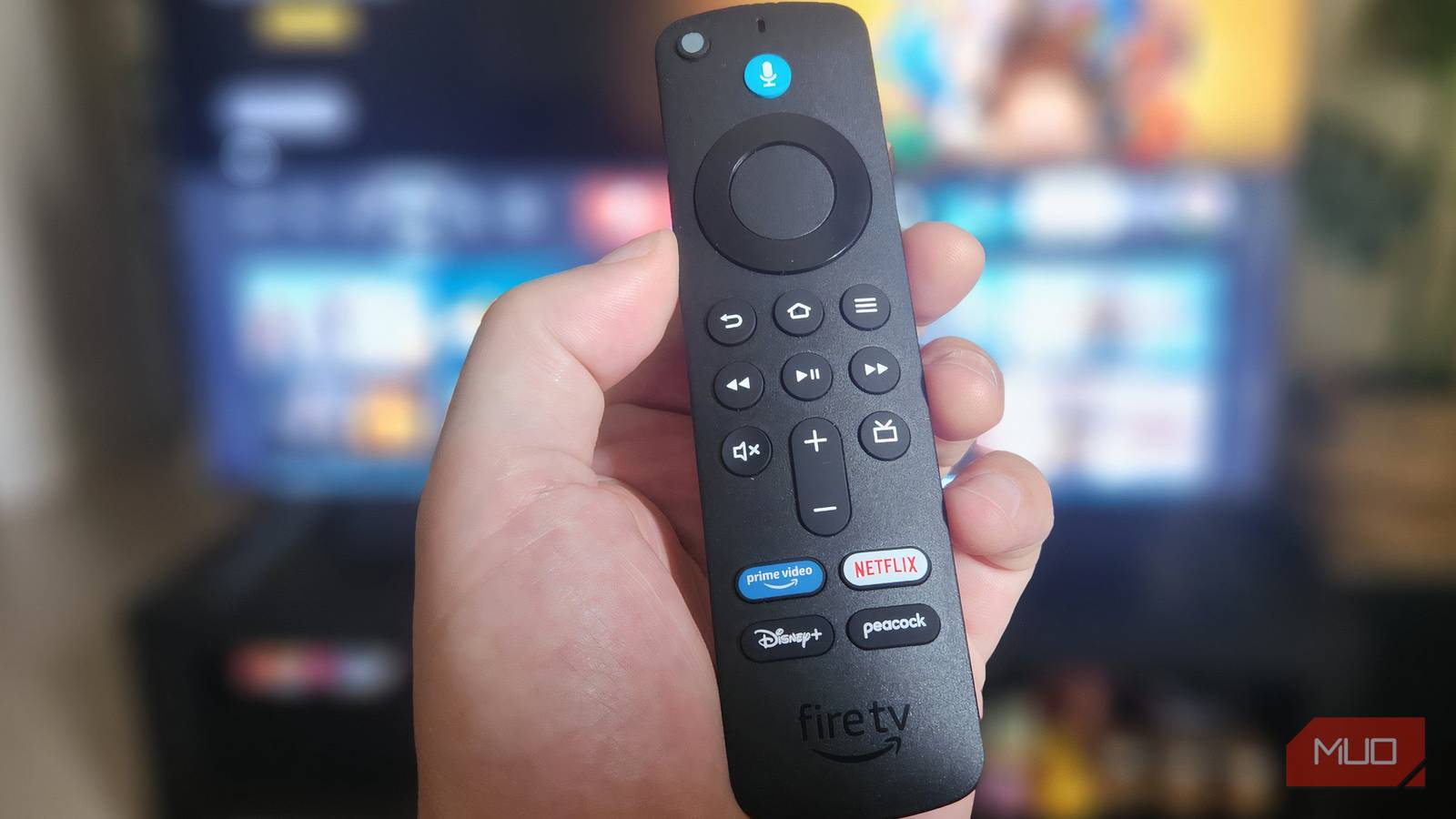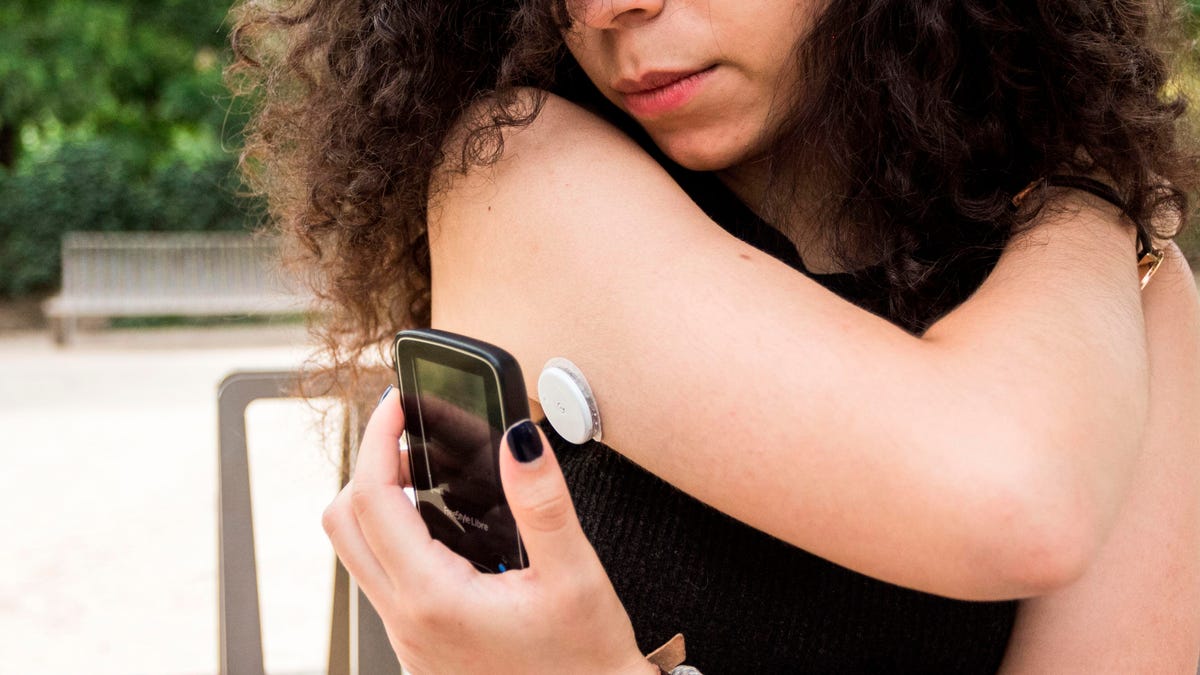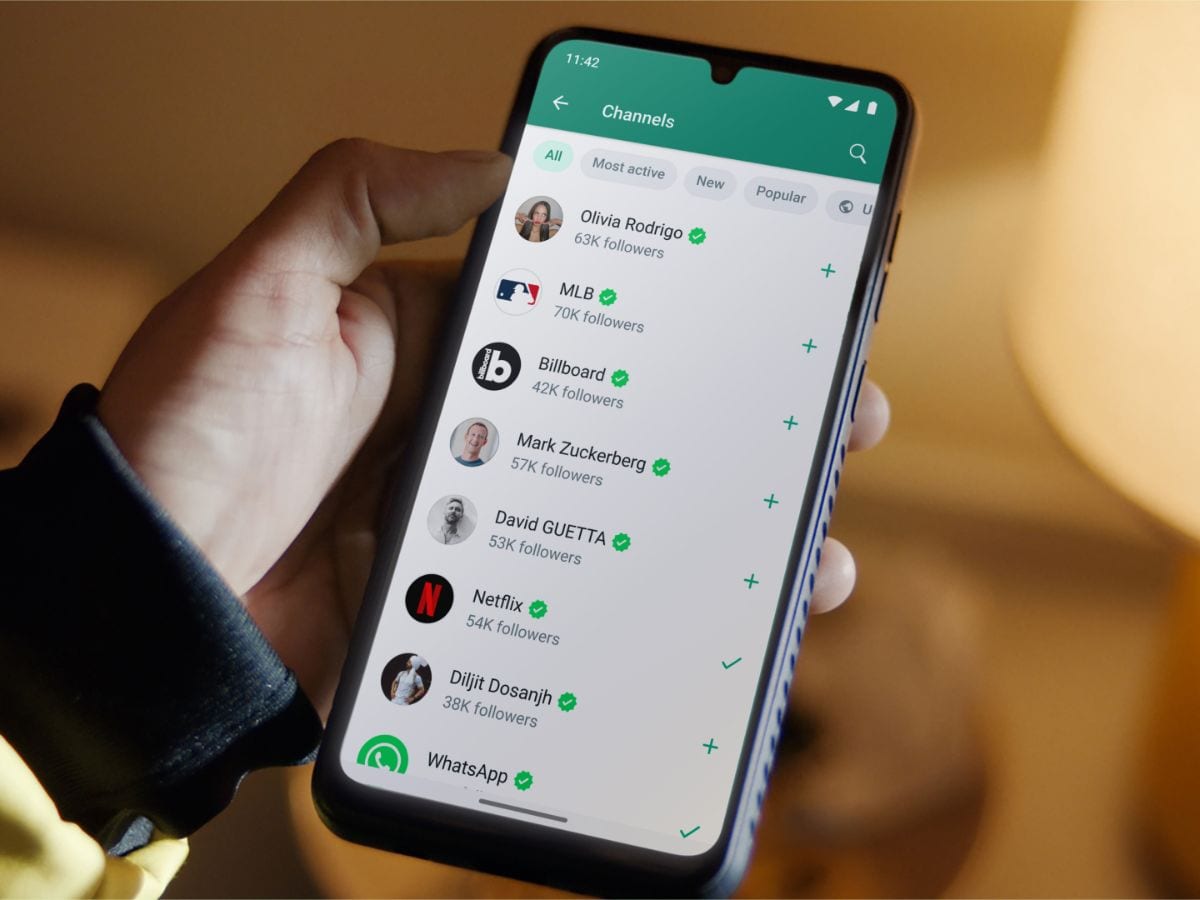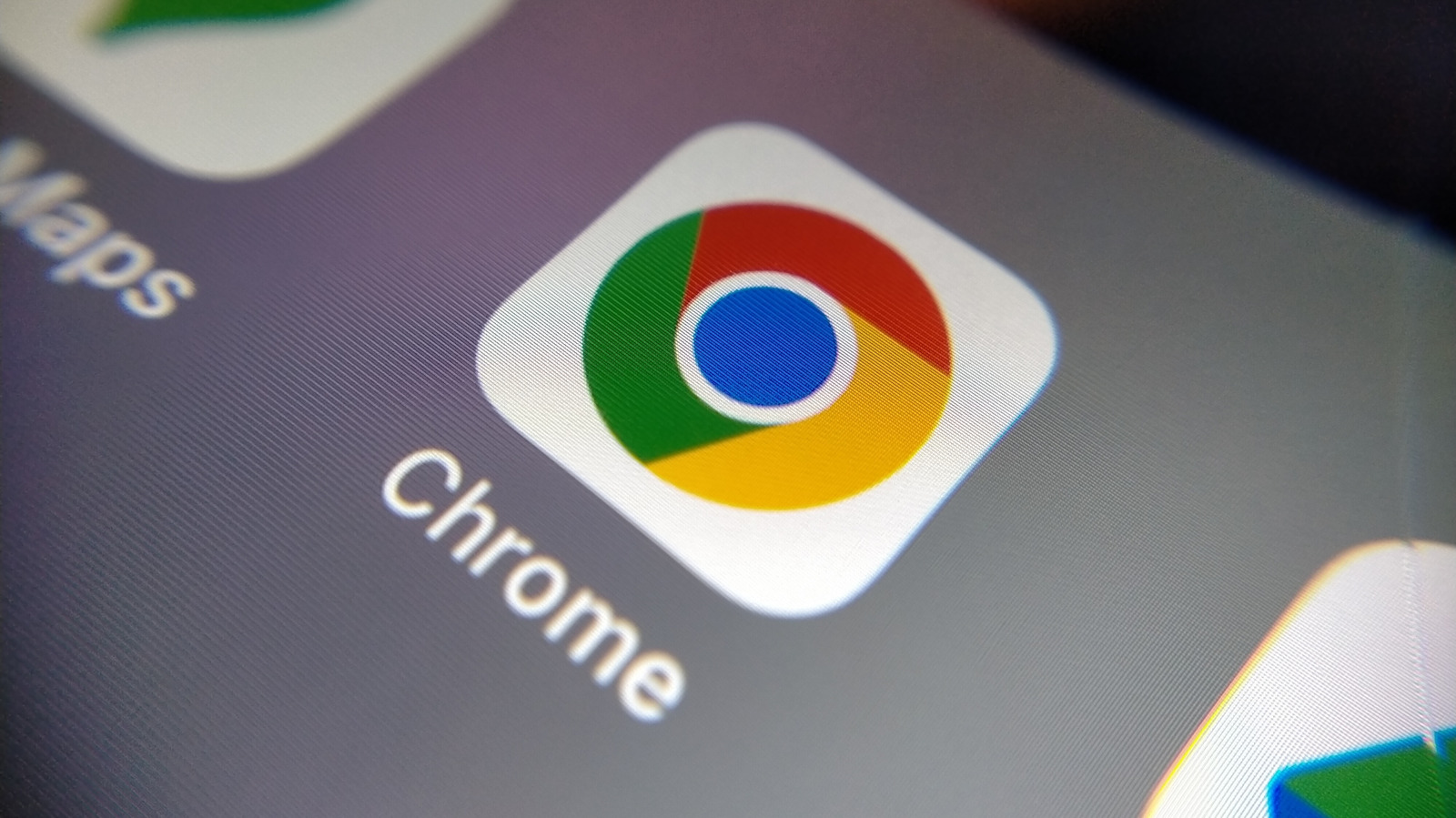There was a time when the first thing you did after getting a new Android phone was to throw a new launcher on it. Nova Launcher, Go Launcher, Apex Launcher, Action Launcher, ADW Launcher, and C Launcher come to mind. Today, however, outside enthusiast circles, people don’t seem to care about the launcher on their Android phone.
The Era of TouchWiz Is Long Gone
Let’s start with the basics. A launcher is an essential app that a smartphone needs to launch other apps. So the launcher app is the only way you can interface with system and user apps (not counting ADB and terminal shenanigans).
The reason all iPhone home screens and app drawers look exactly the same is because you can’t replace the default iOS launcher. On the other hand, Android launchers can be wildly different. That’s because on Android, you can swap out the system launcher for a third-party one. That’s exactly what most people did in the early days of the operating system.
Before OneUI (the current system launcher that Samsung phones and tablets use), we had TouchWiz. I’ve used every single version of the TouchWiz UI, starting with Android Froyo (version 2.2).
As far as I can remember, I never had a real problem with this UI, except on Samsung’s budget phones (especially their now-discontinued Galaxy J series) where it lagged beyond belief. Samsung supposedly shipped those budget phones with a trimmed version of TouchWiz, but even a lighter version was too buggy and too laggy. The phone would basically become unusable every few months and needed a hard reset.
Of course, I wasn’t the only one. TouchWiz had a horrible reputation for constantly stuttering and freezing, even on Samsung’s flagship phones. Some even called it “lagwiz.” Samsung wasn’t the only one suffering from this issue though. OnePlus’ OxygenOS, Motorola’s Moto Launcher, and Sony’s Xperia launcher stuck closer to stock Android, so their launchers were more performant and less buggy. But pretty much every other manufacturer’s default skin had this issue.
That’s one reason people went for third-party launchers; switching to a custom launcher instantly sped up their phones. OneUI and other OEM launchers are now just as performant as any third-party launcher, so people don’t bother.
The second reason, which is still the big draw for third-party launchers, was the customization options. Even on modern OEM launchers, you can’t use custom icon packs, fine-tune grid sizes, layouts, labels, gestures, custom widgets, or create cohesive themes.
However, that level of customization is a niche for enthusiasts and most people don’t bother with hyper-customization. The default launchers have those people covered with enough customization features that they don’t feel the need to set up a third-party launcher.
Native Navigation Gestures Break Launchers
Starting with Android Pie (version 9), Google introduced a new way of navigating the Android UI—gestures. Before then, you only had a three-button navigation system that used to be physical and then turned virtual.
Most of us loved the extra feature, but for developers who worked on Android launchers, the navigation pill of Android 9 was a nightmare. Android native gestures messed with gesture support for third-party launchers, which made them lag or freeze. The home screen would go blank for a couple of seconds whenever you swiped up to go home. The back gestures interfered with the custom gestures setup in these third-party launchers.
To fix these issues, you either had to switch to standard three-button navigation or go back to the OEM’s default launcher. Third-party launchers work fine for the most part in recent versions of Android, but the new navigation features did break third-party launcher support for quite some time.
Nova Launcher Is Dead
Take a look at the personalization category on the Google Play Store. You won’t find a single launcher featured here. In their heyday, launchers crowded this category. They all had their own gimmicks and millions of downloads per app. You can still find launchers on the Play Store if you search for them, but the point is they’re not as popular anymore, and Google doesn’t push them anywhere.
Nova Launcher was the most popular of the bunch, and I’ve used it on every single phone and tablet I ever owned. Three years ago, a data analytics company acquired Nova Launcher, laid off the developer team, and eventually the founder left too. Now Nova Launcher is left in limbo and won’t be receiving any updates.
Even if you search for third-party launchers on the Play Store, you’ll mostly find minimalist launchers. They’re meant to strip down the UI to just black and white text, making the phone less distracting. Instead of customization, they’re mostly geared towards productivity.
Sure, there are launchers out there that are just as feature-rich as Nova, and the niche community of Android customization is still thriving, but Nova Launcher was the last mainstream launcher for more than a decade. To me, its death means third-party launchers have fallen out of the mainstream too.
Niagra Launcher and Smart Launcher are currently the two more popular launchers on the Play Store and they both have upwards of 10 million downloads each. Compare that to Nova Launcher’s 100+ million downloads, and you can get an intuition for the decline I’m trying to point out.
Android’s Customization Is Not the Big Draw It Once Was
Do you remember the “ring” lockscreen that HTC phones had back in the day? How about the water ripples of the Samsung Galaxy S3? Samsung Galaxy S4 had those air gestures which let you accept or reject a call just by waving your hand in front of the screen. The point I’m trying to make is this: phones had personality, and now they all look and feel the same in every meaningful way.
Modern OEM launchers are, by design, neutral and inoffensive. It’s hard to even tell them apart, let alone form an opinion or preference about them. Whether you like or dislike the distinct look and feel of a launcher is beside the point. What matters is that you either favored it or didn’t. I personally loved the aesthetic of Samsung’s TouchWiz, but a lot of people hated it, so they went out of their way to change it. The easiest way to change it was to replace the default launcher with another.
Since a flat grid of icons with no pizzazz is the standard experience for everybody, people either forget or never even learn that they have the option to personalize it.
This sort of “standardization” only became more common as the years went on to the point that Android phones feel a lot like iPhones. Even beyond the homogenized software, the form factors, size, and the general design of Android phones are just as standardized now. Besides, Google is hamstringing app sideloading on Android too, which is only going to make bland, cookie-cutter phones the norm.
For the time being, you can still personalize your device. Theme your phone; slap on custom icons; make them blend with the wallpaper; grab custom widgets or make your own; change how the app drawer appears or the fonts on the labels. The beauty of Android is in the many customization features you get with it. I encourage you to explore alternative launchers, even if it’s to improve productivity.













